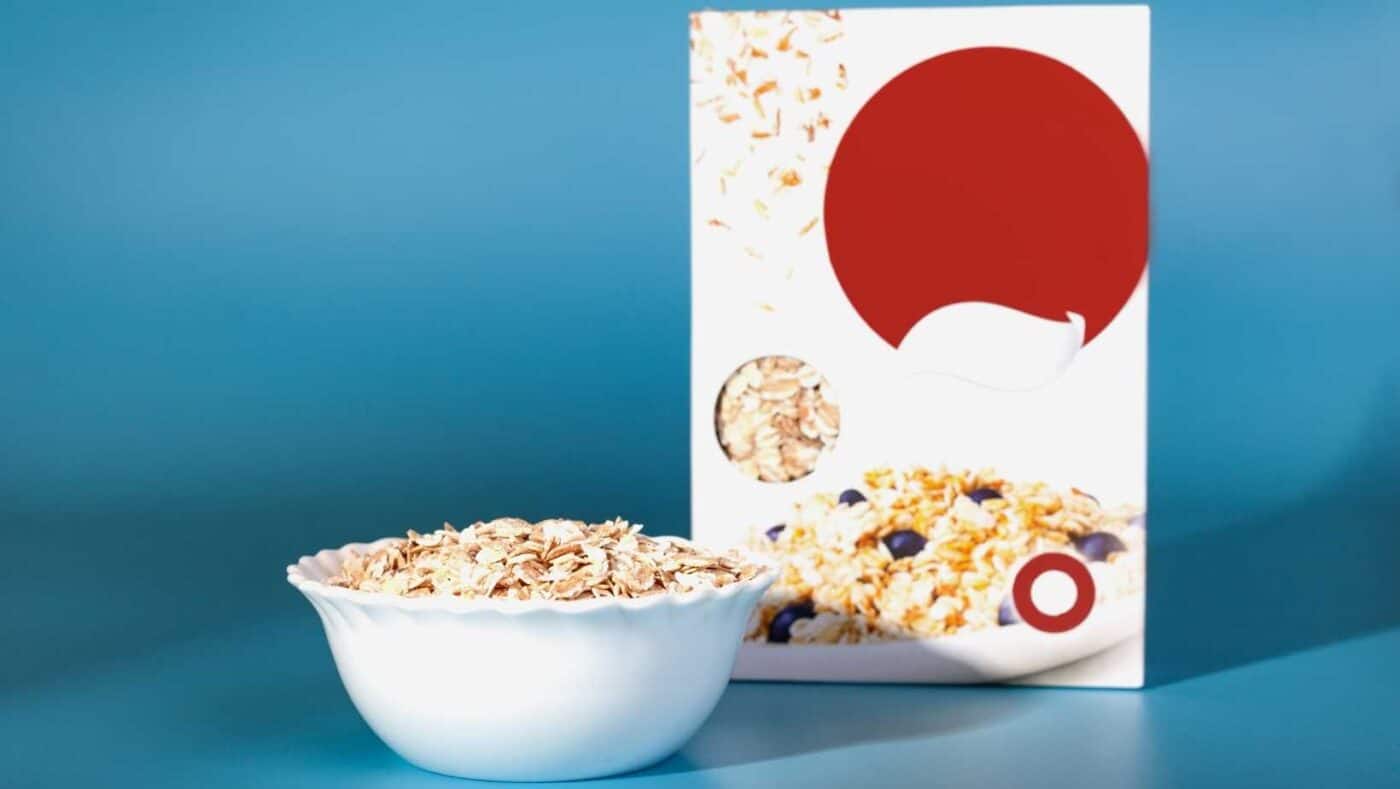In today’s modern world, packaging plays a crucial role in the food industry. It serves not only as a means of protecting and preserving food but also as a tool for branding, information dissemination, and convenience for consumers. Food packaging ensures that products reach consumers in a safe and hygienic manner, extending their shelf life and maintaining their quality.
Packaging used in breakfast cereal
Breakfast cereal is a popular and widely consumed food product that comes in various forms and flavors. When it comes to pack breakfast cereal, there are a few common methods used:
1. Boxed Packaging
One of the most common ways breakfast cereal is packaged is in cardboard boxes. These boxes are typically made of sturdy and recyclable materials, providing protection to the cereal inside. The box often features attractive designs and branding elements to grab the consumer’s attention.
2. Bag-in-Box
Bag-in-box packaging is another popular option for breakfast cereal. It involves placing a sealed bag of cereal inside a cardboard box. This method offers additional protection against moisture, keeping the cereal fresh for longer.

3. Individual Packets
Individual packets are commonly used for single-serving portions of breakfast cereal. These small packets are convenient for on-the-go consumption and portion control. They are often made of lightweight materials like plastic or foil, ensuring freshness and easy opening.
4. Reusable Containers
In recent years, some breakfast cereal brands have started offering reusable containers. These containers are typically made of durable plastic or glass and can be refilled with cereal once the original contents are consumed. This option promotes sustainability and reduces waste.
Conclusion
Food, including breakfast cereal, is packaged in various ways to ensure its safety, quality, and convenience for consumers. This methods like boxed packaging, bag-in-box, individual packets, and reusable containers are commonly used in the breakfast cereal industry. The choice of packaging depends on factors such as product type, shelf life requirements, branding, and consumer preferences. By utilizing appropriate packaging techniques, food manufacturers can deliver their products effectively while maintaining their integrity.

